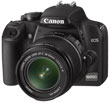Sony Alpha DSLR-A230
-
-
Written by Gordon Laing
Sony Alpha A230 vs Canon EOS 1000D / XS vs Nikon D3000 Real-life resolution
Sony Alpha DSLR-A230 with Sony DT 18-55mm SAM |
Canon EOS 1000D / Rebel XS with Canon EF-S 18-55mm IS |
Nikon D3000 with Nikkor DX 18-55mm VR | ||
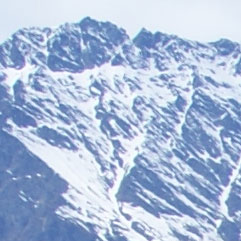 |
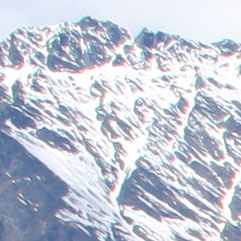 |
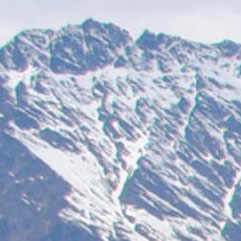 | ||
f8, 100 ISO |
f8, 100 ISO |
f8, 100 ISO | ||
 |
 |
 | ||
f8, 100 ISO |
f8, 100 ISO |
f8, 100 ISO | ||
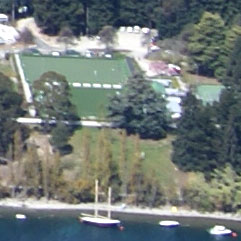 |
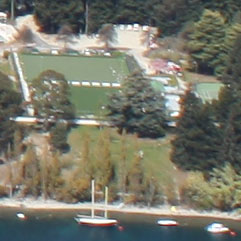 |
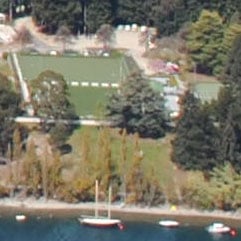 | ||
f8, 100 ISO |
f8, 100 ISO |
f8, 100 ISO | ||
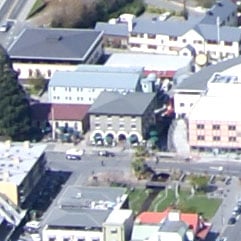 |
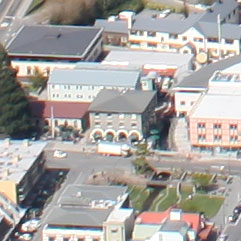 |
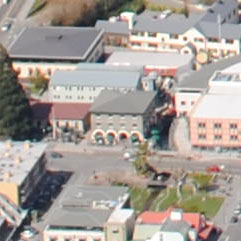 | ||
f8, 100 ISO |
f8, 100 ISO |
f8, 100 ISO |
Sony Alpha DSLR-A230: JPEG versus RAW
|
We photographed the same scene as above using the A230’s RAW plus Large Fine JPEG mode, allowing us to directly compare images created from exactly the same data; note this image was taken on a different day. Below are crops taken from the original JPEG file alongside the RAW version, processed in the supplied Image Data Converter SR 3.1 using the default settings. The converted RAW file using the default settings is essentially identical to the in-camera JPEG, with the same degree of real-life detail, and the same colour and tonal style; there’s evidence of fractionally greater sharpening applied to the RAW file by default, but it’s subtle. Of course tweaking the settings may deliver superior results, and shooting in RAW gives you greater flexibility when it comes to adjusting things like White Balance, but sadly we’re not seeing a boost in quality here with the defaults. Now head on over to our High ISO Noise results page to see how it compares across its sensitivity range. |
Sony Alpha DSLR-A230: JPEG with Sony DT 18-55mm SAM |
Sony Alpha DSLR-A230: RAW with Sony DT 18-55mm SAM | |
 |  | |
f8, 100 ISO |
f8, 100 ISO |
|
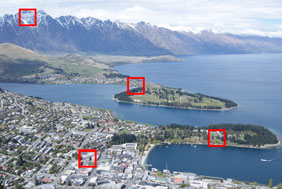 | To compare real-life performance we shot the same scene with the Sony Alpha A230, Canon EOS 1000D / XS and Nikon D3000 within a few moments of each other using their best quality JPEG settings, lowest base sensitivities and default processing options. Each camera was fitted with its respective kit lens (see details below) and adjusted to deliver the same vertical field of view. Each shot was taken in Aperture Priority at f8 with Auto White Balance. |
The image above was taken with the Sony Alpha A230 at a sensitivity of 100 ISO and the kit lens set to 22mm f8; the original L:10 JPEG file measured 4.46MB. The crops below are taken from the areas marked by the red squares and presented at 100%.
The most obvious difference between the three models below is a softer overall image from the Nikon D3000. This initially looks like a slight focusing error, but we retook the same composition multiple times with the same result. We also shot an alternative test composition, this time with the lenses zoomed-in, and again the same thing happened.
As you’ll see in our RAW comparison at the bottom of this page though, the softness seen here is down to comparatively mild sharpening being applied to in-camera JPEGs. For some subjects you don’t really notice, but at other times, such as here, the D3000 can come across as looking quite soft.
This becomes all the more obvious when the Canon and Sony models pictured alongside have their sharpening settings turned-up higher than Nikon by default, but if you’re after something punchier from the D3000, it’s easily adjusted using the Picture Controls.
Beyond sharpening differences, you’ll notice Canon and Sony have opted for comparatively warm and cold white balances respectively, as we’ve also seen on their previous models. Finally, the Canon kit lens is exhibiting the most obvious coloured fringing in the mountain ridge crop although look closely and you’ll also see evidence of it on the Nikon and Sony samples too. The D3000 doesn’t appear to correct fringing in-camera like other current Nikon DSLRs.
Looking beyond the sharpening differences, all three cameras are delivering essentially the same degree of real-life detail, which isn’t surprising considering they share the same sensor resolution and are operating here under ideal conditions at 100 ISO, f8 and bright sunlight. Despite these technical similarities though, there’s noticeable differences to how they handle noise at higher sensitivities, so to see how they compare, check out our Sony Alpha A230 High ISO Noise results.
Alternatively if you can wait a moment longer, scroll down to the bottom of this page to see what benefits there are to shooting in RAW with the A230.

